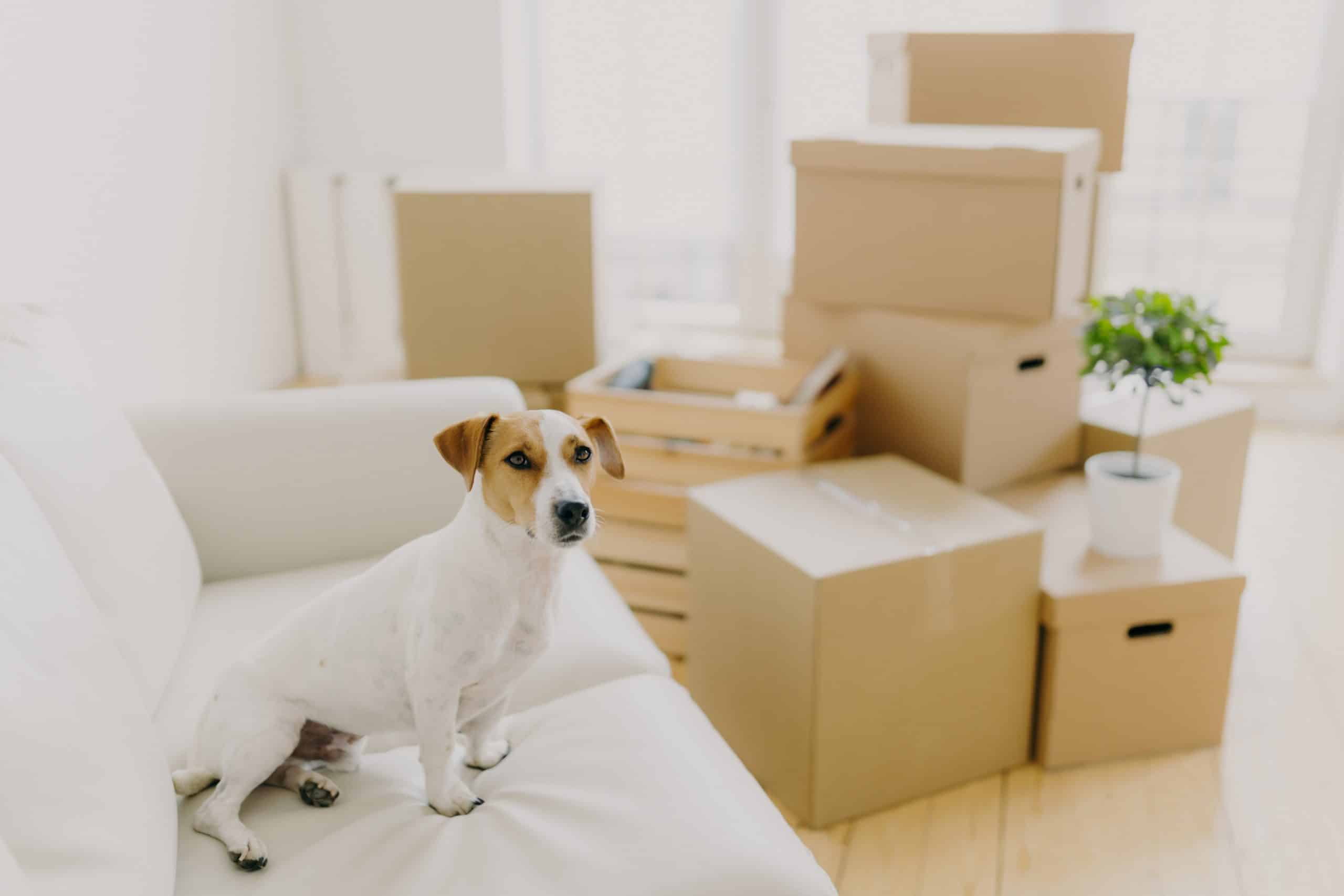How to create a comfortable sleeping area for a large breed dog prone to hip dysplasia?

As loving dog owners, it’s often heart-wrenching to see your pet in pain. Especially in large breed dogs, one common health concern is hip dysplasia. This joint condition can cause discomfort and pain, particularly when your pet is trying to rest. Your vet may have recommended various treatments, but there’s something else you can do at home: Create a comfortable sleeping area for your dog. In this article, we will discuss five ways to accomplish this.
Selecting the Right Bed for Your Dog
Choosing the right bed is crucial for a large dog with hip dysplasia. A bed that provides great support will significantly improve the comfort of your pet. An orthopedic bed is typically the best choice. These beds offer improved support for your dog’s joints, which can help to alleviate some of the discomfort associated with hip dysplasia.
A lire en complément : How to help a pet adjust to a new time zone after a long-distance move?
Orthopedic beds are usually made from high-density memory foam, which provides excellent support and comfort for your pet. It’s also important to consider the size of the bed. Your dog should be able to stretch out fully on the bed without any part of their body hanging off the edge.
An added bonus is a bed with a removable and washable cover. This will make it easier to keep your dog’s sleeping area clean and free from any discomfort-causing allergens.
A lire en complément : What are the best species of birds for those interested in avian companionship?
Use of a Crate for Your Canine
For some dogs, a crate can provide a sense of security and comfort. If your pet already uses a crate, it’s essential to ensure that it’s appropriately sized for your dog and comfortable. A crate pad or mat can help to make the crate more comfortable, but it might not provide the same level of support as an orthopedic bed.
If your dog doesn’t currently use a crate, you should carefully consider whether it’s the right choice for your pet. While some dogs find crates comforting, others might find them restrictive. It’s always worth discussing the use of a crate with your vet.
The Ideal Positioning of the Dog Bed
Where you place your dog’s bed can also impact their comfort. It should be in a quiet, draft-free area where your dog will not be disturbed. Also, consider the flooring under the bed. If your home is largely carpeted, this will provide additional cushioning and warmth. However, if your home has hard flooring, you might want to consider placing a rug or mat under the bed for extra comfort.
Consider the accessibility of the bed. If your dog has severe hip dysplasia, they may struggle with stairs. Therefore, it would be best to position the bed on the ground floor of your home.
Adding Extra Comfort for Your Dog’s Bed
In addition to selecting the right bed and positioning it appropriately, there are some extra touches that can help to make your dog’s bed more comfortable. For example, adding a heating pad can provide extra warmth and comfort, particularly in colder months. However, always ensure the heating pad is pet-safe and that it doesn’t become too hot.
Another option is to add a soft blanket or a favorite toy. Familiar smells can help to make the bed feel more inviting for your dog.
Regular Check-Ups with the Vet
Finally, while creating a comfortable sleeping area can greatly improve your dog’s comfort, it’s not a substitute for regular vet check-ups. Your vet can monitor your dog’s hip dysplasia and adjust treatment plans as necessary. They can also provide you with more specific advice based on your dog’s individual needs. Therefore, it’s crucial to keep in regular contact with your vet and to attend all recommended check-ups.
In conclusion, by carefully selecting an appropriate bed, using a crate if suitable, positioning the bed in the right location, adding extra comfort touches, and maintaining regular vet check-ups, you can greatly improve the comfort of a large breed dog with hip dysplasia. It might take some trial and error to find the right combination for your pet, but your efforts will be rewarded with a happier, more comfortable dog.
Considering Additional Accessories for Your Dog’s Bed
The journey to create a comfortable sleeping area for your large breed dog prone to hip dysplasia doesn’t end with just selecting the right dog bed and its appropriate positioning. There are several accessories on the market that could add an extra layer of comfort and support for your pet. Two such items can be a bed ramp and a pet gate.
A bed ramp can be highly beneficial for dogs suffering from hip dysplasia. Jumping onto a bed or a couch could aggravate hip pain in these dogs, and a bed ramp provides an easy and pain-free way for them to climb onto their favourite spots. Great Danes and other large breeds often struggle with this, and adding a bed ramp to their sleeping area could greatly increase their comfort levels.
A pet gate, on the other hand, can limit your dog’s movement to certain areas of the house. This can be particularly helpful if your home has steps or rooms with hard flooring. The pet gate can prevent your dog from putting unnecessary strain on their hips, thus adding to their overall well-being.
In all cases, it’s important to remember to not let the regular price of these accessories deter you from purchasing them. Look out for a sale price or consider the price unit as a long-term investment in your dog’s health and comfort.
Importance of Puppy Insurance
If your large breed dog is still a puppy, it’s worth considering investing in puppy insurance. Hip dysplasia is a condition that commonly affects large breeds like Great Danes and can often develop early in a dog’s life. By opting for puppy insurance, you can ensure that you’re financially prepared for any treatment or ongoing care your pet may need.
Puppy insurance may cover the cost of orthopedic dog beds, crate pads, bed ramps, and even regular vet check-ups. This can greatly reduce the financial strain of caring for a dog with hip dysplasia. Many pet parents trust the price trustpilot or unit price when selecting a suitable puppy insurance package.
Conclusion
Creating a comfortable sleeping area for a large breed dog prone to hip dysplasia is an act of love and care. Selecting a suitable orthopedic bed, considering the use of a crate, understanding the importance of the bed’s positioning, thinking about adding accessories like a bed ramp or a pet gate, and even considering puppy insurance are all steps that could help you on this journey.
However, remember that regular vet check-ups are irreplaceable and vital in managing your dog’s hip dysplasia. The advice of a veterinary professional should always be sought and followed in dealing with this health condition. Your efforts to offer comfort can undoubtedly improve your pet’s quality of life, making them a happier and more comfortable dog, irrespective of their ailment.
